Few countries equally fascinate and scare Westerners like India does. With completely different culture, religion and history, India can pose quite a challenge to the adventure traveler, but fear not, with our tips for traveling to India you’ll be able to circumnavigate all sandtraps and to solely focus on enjoying the best adventures India has to offer!
Photo by richard evea.
Different Country, Different Customs
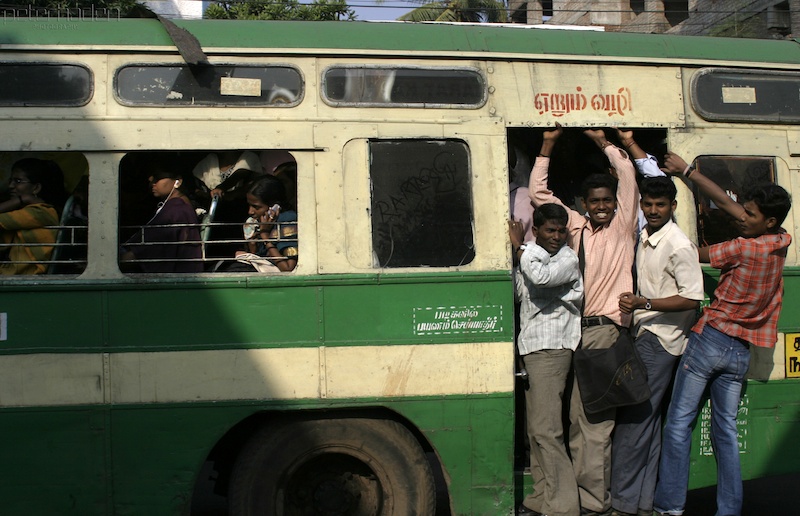
Photo by Peter Haden.
Indians are naturally curious and you will be asked the most personal questions. Are you married? How much do you earn? How is your mother doing? This is in no way meant to be offensive or intrusive, and you are welcome to do the same. It’s simply how indians role. They like to know who they are talking to – or whom they are staring at. And stared at you will be, since there is no such taboo as staring at strangers like in western society, where we all politely watch the tips of our shoes while riding the metro.
Depending on how touristy a region is and how common Westerners are, prepare yourself for people lining up to take a picture with you, mostly men. Best take a group picture with all of them to quickly get over with it.
India has more than one billion people. That number is so big, that you probably don’t even know how many zeroes it has. It can get a bit crowded and private space is not a well known concept. Get ready for some cosy moments with strangers on the public transport and don’t be too offended when you are pushed walking down the street. Just keep calm and relax, you can’t change it. Except, of course, you are a woman and are intentionally touched inappropriately. Rebuking the offender loudly will shame him in public and he will usually refrain from any further actions.
But despite being very close to each other in many situations, a public display of affection between woman and man is an absolute no-go. Don’t kiss, don’t touch each other, don’t even hold hands. If you are traveling together as unmarried couple, it is advisable to pretend to be married, it will save Indians a lot of worries about your life choices and it will save you a lot of unpleasant questions.
When a man greets a woman, he never offers his hand for a handshake first. If the woman does so, it is fine to reciprocate. If she doesn’t bringing your hands together like in prayer (thumbs also pressed together), the so called namaste, is a good alternative to show your respect and greet your counterpart.
Dress up
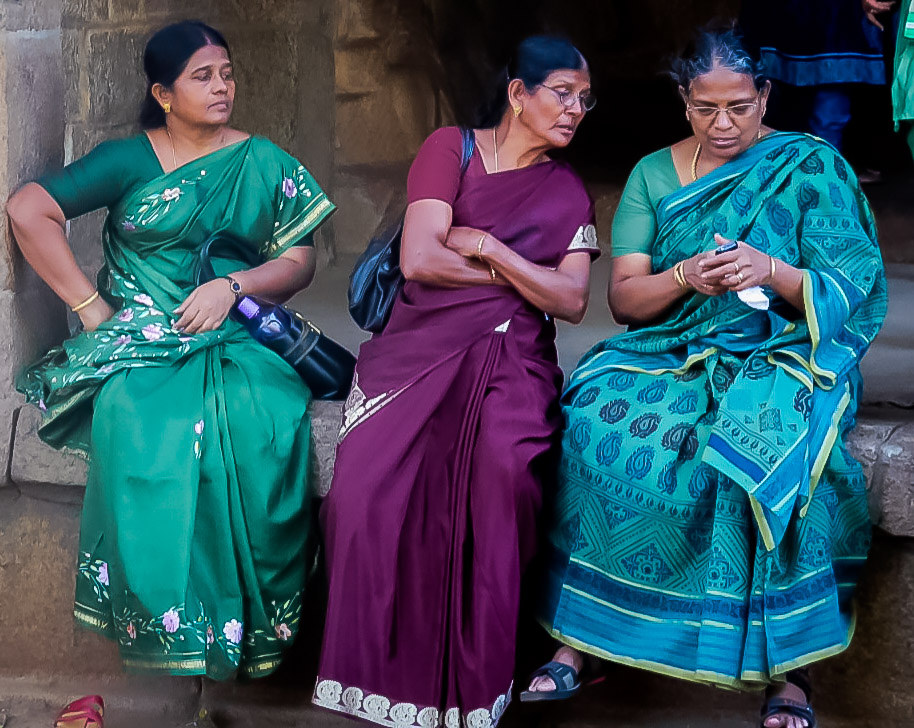
Photo by Stefano Ravalli.
Even though the common Westerner’s first reaction to India’s climate is to wear as few fabric on his body as possible, you need to resist the urge of walking through India in hot pants and muscle shirts.
Women generally dress modestly. Cover your legs with loose pants or long skirts. You can make exceptions going to a nightclub in a big city – wear whatever you want, but cover up on the way there and back. Also men should wear long pants and never take of their shirt on public. Indians don’t understand why many Westerners run around in overly casual clothes, sometimes dirty and torn clothes and with that mark themselves as a low class of society, when they actually could afford much better. So groom yourself a little, and you will receive much more respect!
3 Out of Your 4 Extremities are Considered to be Unclean
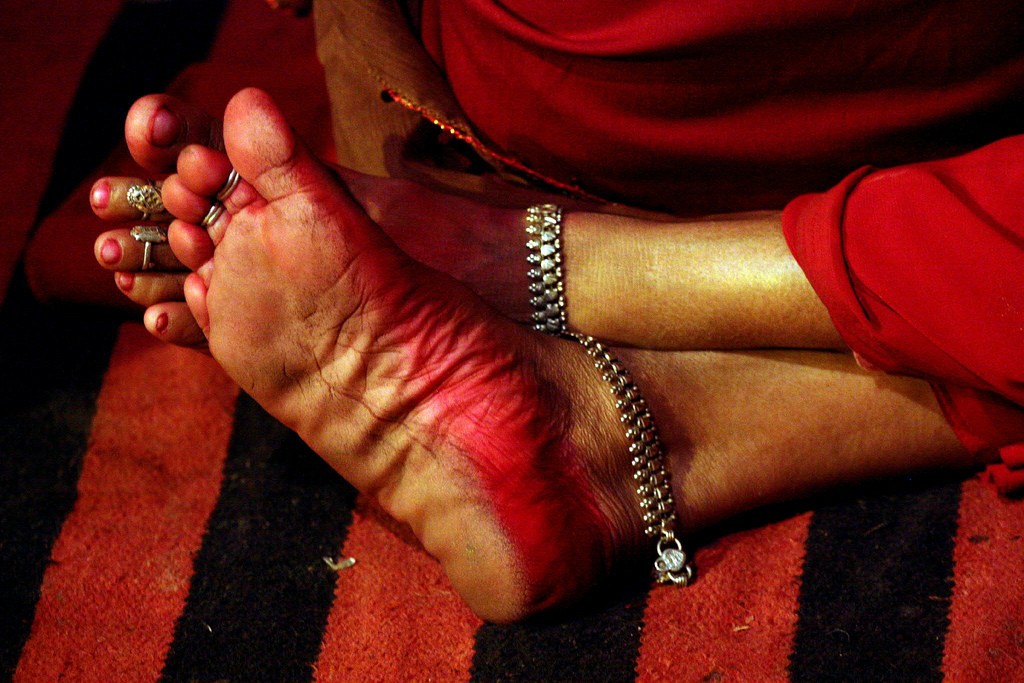
Photo by Bryan_T.
Let’s start from the bottom: your feet are unclean. No matter how often you wash them each day, they are still considered as unclean. Don’t point with them at people, especially pay attention while sitting. Do not step over people, rather ask them to move aside a little. Also don’t touch anyone with your feet. But no worries, if it happens and you apologize politely, you will graciously be forgiven.
For quite good reasons, we will explain to you further down, the left hand is also considered as unclean in India. Never use it to point at someone, pass on food or objects, accept presents or – maybe the worst thing you can do – eat with it. Only use your right hand, except for putting your shoes of and on – unclean hand and unclean feet make the perfect combination!
How Not to Make Your Stomach Your Worst Enemy
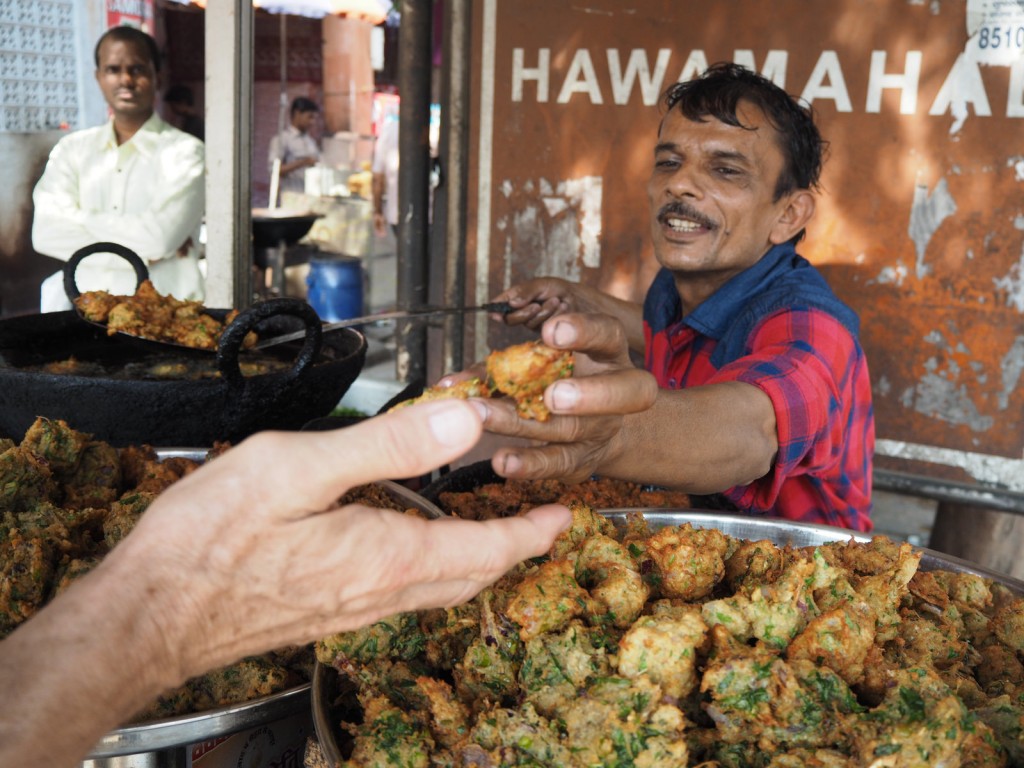
Photo by Owen Young.
Your weekly visit of your local Indian restaurant won’t prepare you in any way for the true Indian cuisine with all its spices and variations with little bowls full of delicious curries and vegetable sauces with spice levels from mild to this-is-what-hell-must-feel-like. Usually you eat with your hands, but if you struggle too much, your waiter might take pity on you and conjure up a spoon.
And while street food is one of the best ways to experience Indian cuisine, you need to be a little careful, since the Indian understanding of hygiene isn’t necessarily consistent with the western one and you surely don’t want a first hand story about suffering from the infamous Delhi belly. So just eat at street stalls with a lot of customers, where you can be sure, that the food is prepared freshly. It is not a bad idea to go vegetarian for your visit in India, since many dishes are vegetarian anyway and what unwashed and undercooked vegetables can do to you is still pleasant compared to the effect of a undercooked, rotten piece of meat.
Tap water is not drinkable in India, so drink only bottled water from bottles that are properly sealed. If you get an open bottle, insist on another one, also in restaurants. If in any situation there is no bottled water available and you need to resort to tap water, at least boil it before you drink it (still not advisable).
Respect the Cow (And All Other Manifestations of Religion)
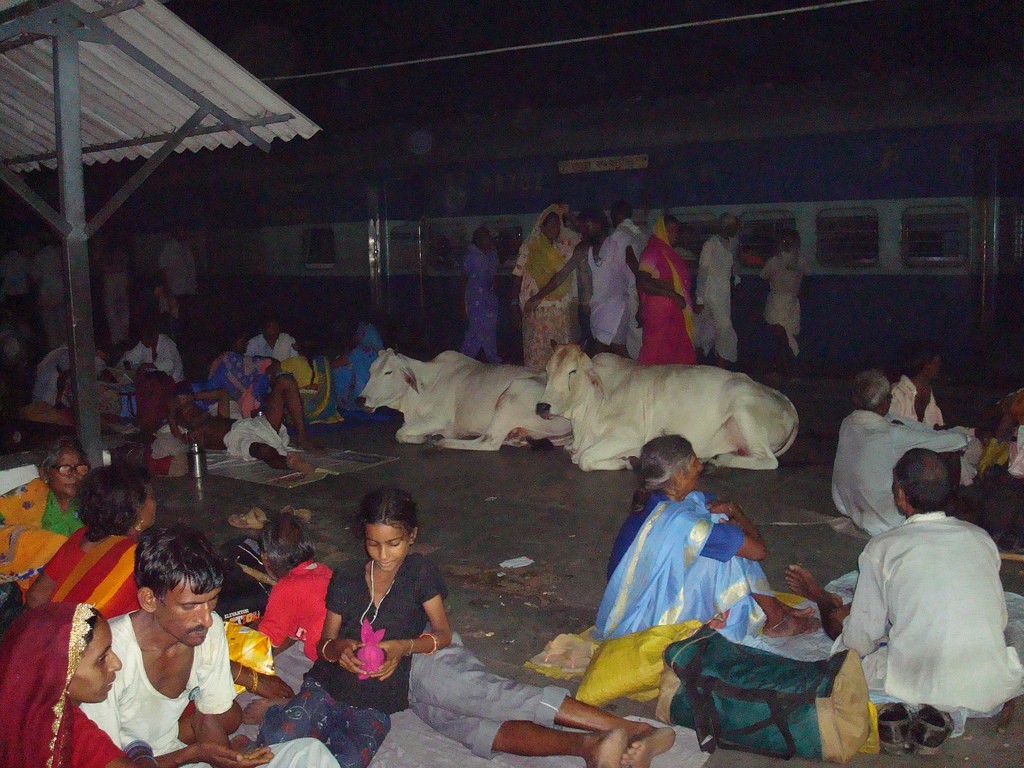
Photo by nborun.
Cows (and bulls) have a special status in Hindu India. They are sacred and cannot be killed. So don’t be surprised if you see them roaming the streets freely, even in big metropolises. They enjoy the freedom to do however they please, which means, basically they have more freedom than you do. Even in traffic on the most crowded streets the cow always has the right of way.
You should show respect for cows, just like you should show respect for all religious matters.
When you visit a temple, take off your shoes at the entrance and dress appropriately. Women better cover up, while men might be required to remove their shirt in some temples. In doubt, watch the locals or just ask them. They will be more than happy to help!
Religious ceremonies and especially funerals can be quite a spectacle for the western visitor. But remember that there are people mourning or celebrating a special day in their lives. Don’t treat them as tourist attraction, but as sensitive human beings and refrain from taking pictures (except you are explicitly invited to do so, e.g. at weddings).
But Is It Safe?
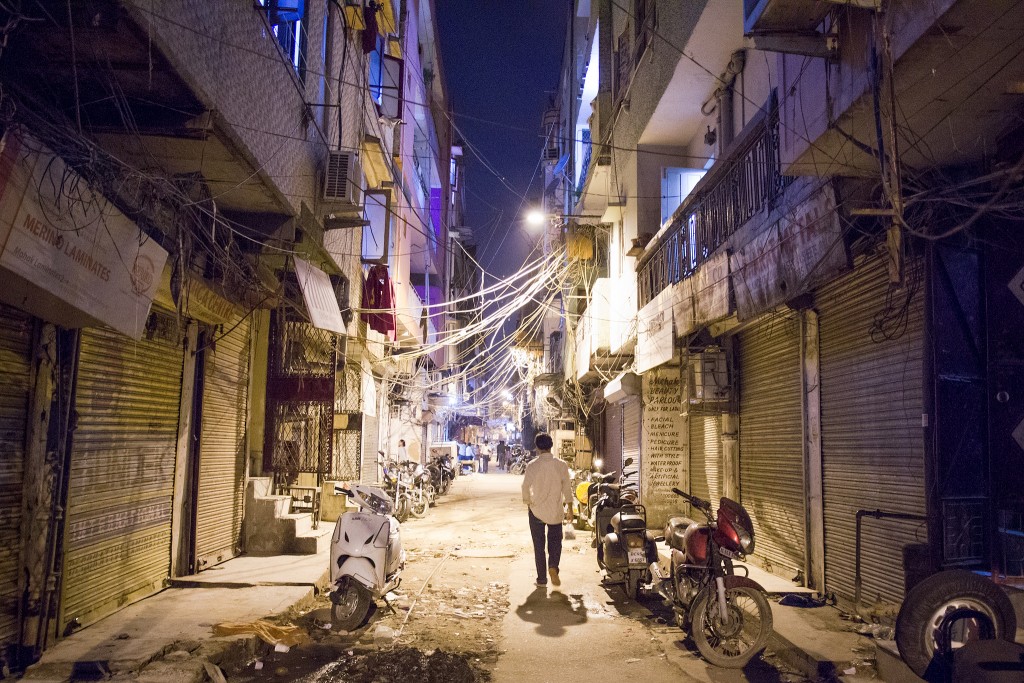
Photo by Carlos Adampol Galindo.
Quite frankly: if you don’t drop all your common sense before boarding your plane to India, it is perfectly safe. Sure, there is some pick pocketing in the big cities, but that’s a problem all places packed with tourists have. Sure, you should not walk down that lonely alley at night all by yourself. But you wouldn’t do that anywhere else, would you? As long as you follow the rules of common sense, like watch your valuables and don’t wave around with a huge pile of banknotes, you are as safe as you can be.
But in all honesty, we have to tell you that there is one very serious threat. Millions of them, to be precise: mosquitoes. They will find you, they will suck your blood and they carry nasty diseases like Malaria and Dengue Fever. Bring mosquito repellent and use plenty of it. Also keep your arms and legs covered, especially during dusk and dawn, while the little devils are most active.
The Dreaded Toilet Topic
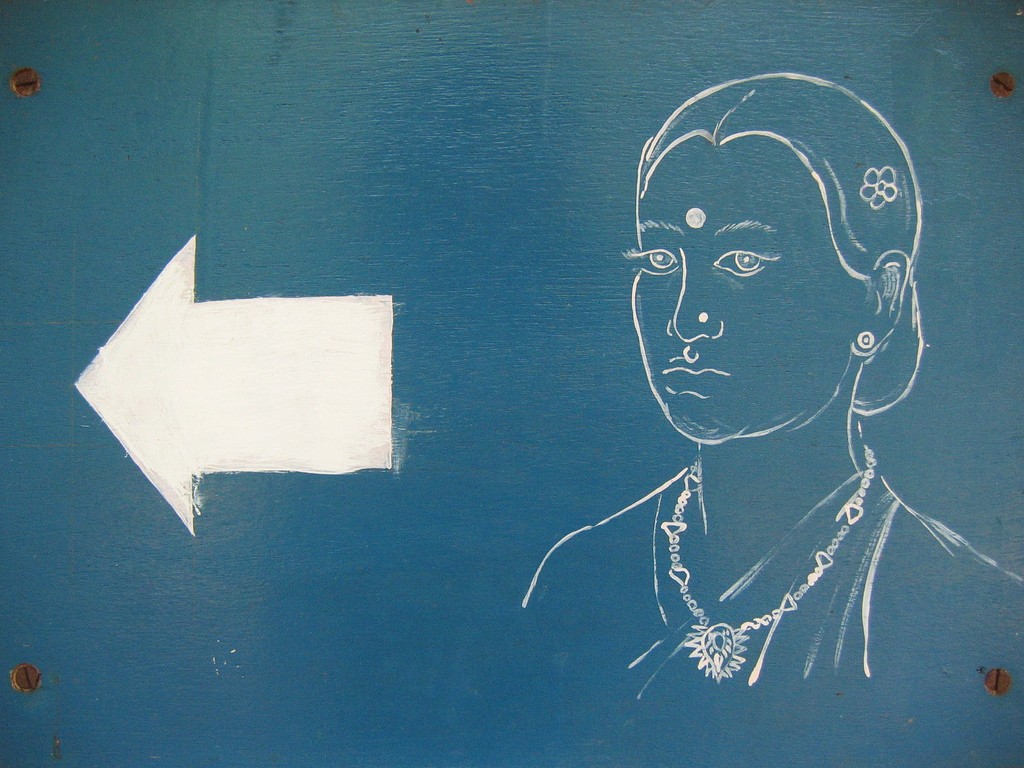
Photo by Salvatore Barbera.
Yes, if you are unlucky you will have to deal with the infamous squat toilet. Nope, no matter which toilet you will encounter, there will most probably be no toilet paper. We recommend to always carry some private stock with you. If you run out of it, well then you will find out why the left hand is considered as unclean in India. Please don’t forget to properly wash it afterwards!
Give Me That Money!
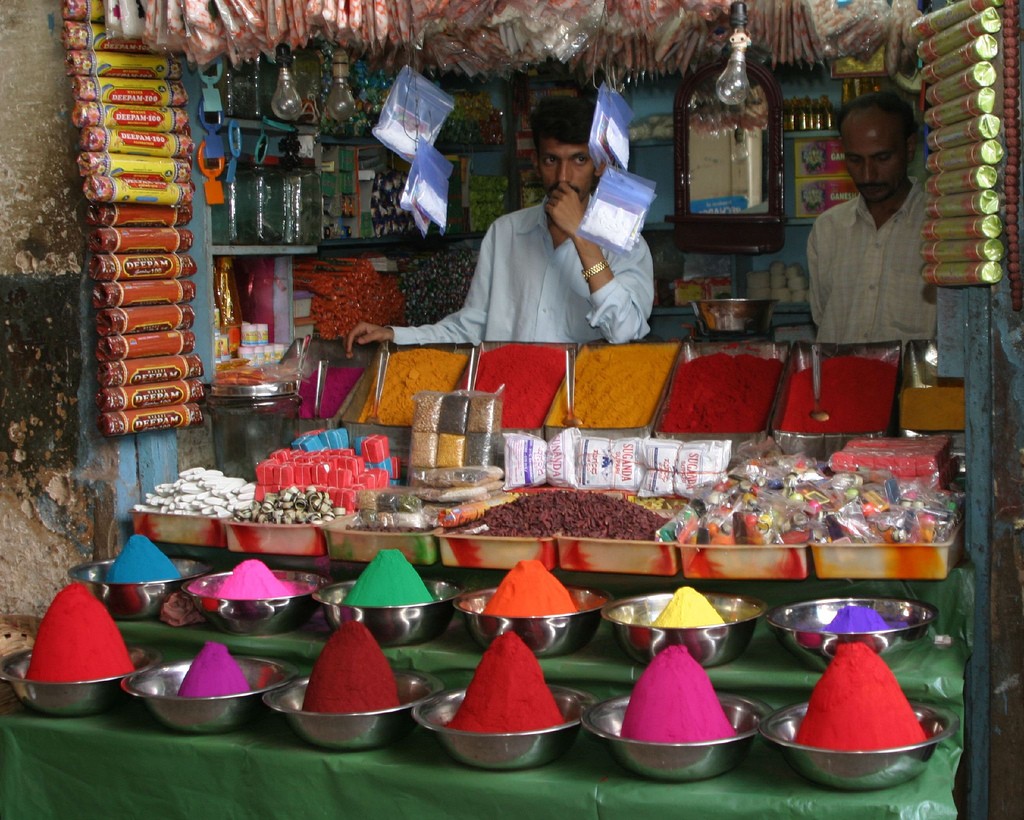
Photo by Brian Snelson.
It’s time for some serious business. If you want to purchase something at a street stall or small shops without fixed prices, you, as the rich foreigner, will always be quoted sky high prices. Always bargain, but only if you are seriously interested in buying. To bargain the shop owner down to your suggested price and then leaving is considered as highly offensive. But even if bargaining is part of Indian culture, think twice before you start arguing about a few rupees. For you it is nothing, for your opponent it could mean being one step closer to buying his child a school bag.
Be careful with people following you around in temples or other tourist attractions and starting to tell you about their history. They will ask you for money in the end and if you are not willing to pay for it, you should make it clear in the beginning.
Tipping in India is customary, but not obligatory. Settle for a small amount around 20-50 rupees, depending on the service. If you tip too high your reputation will precede you and the same amount will always be expected. Often you also don’t tip to appreciate good service, but rather to get any service to start with (in this case the tip is more likely to be called baksheesh).
Oh, and do we even need to mention, that you should change money only at official money changers and not in some dodgy backstreet offices? We think not. Try to get small notes. You will need them for buying little things and giving tips.
What Else Should You Know?
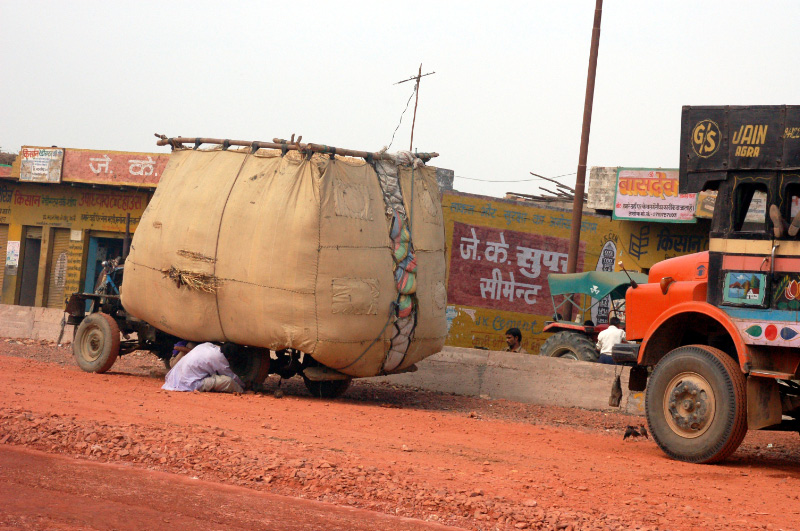
Photo by snikrap.
Bring some patience with you to India. Things work differently here and on another schedule. Losing your temper won’t help you, so you can save your energy for something more productive from the beginning.
Especially if you plan on driving in India (which we generally don’t recommend, except you’ve received some training from professionals), you should even bring an extra portion of patience. Indian streets are pure madness for us Westerners, but driving on them might be one of the last true adventures you can experience in your lifetime.
Also never forget, to treat each and every person you encounter with respect. Be it that you ask before you take a picture of someone, or that you don’t make fun of the typical English accent, many Indians have. Because trust us, even though you might not understand everything perfectly, their English is probably still better than yours, even if you are a native speaker.
If you are unsure about anything, just watch the people around you or ask someone. You will happily be helped and the Indians will appreciate your effort to respect their culture.
About the author
Barbara
Barbara is a German-born Austrian with unresolved identity issues and a degree in Ecology and Nature Conservation. Three years ago, she moved to Budapest, Hungary. She travels the world whenever she can, equally chasing interesting stories and fluffy cats. She is a travel writer who loves adventure and never says no to any challenge.
In adventure travel news, n innovative new natural desert reserve spanning 10 percent of the total area of Dubai has been launched in the UAE. The Marmoon Desert Reserve Project is set to be the site of several ecotourism projects and conservation efforts contributing to the protection and nurturing of the environment,…
Hot Topics
In adventure travel news, n innovative new natural desert reserve spanning 10 percent of the total area of Dubai has been launched in the UAE. The Marmoon Desert Reserve Project is…














